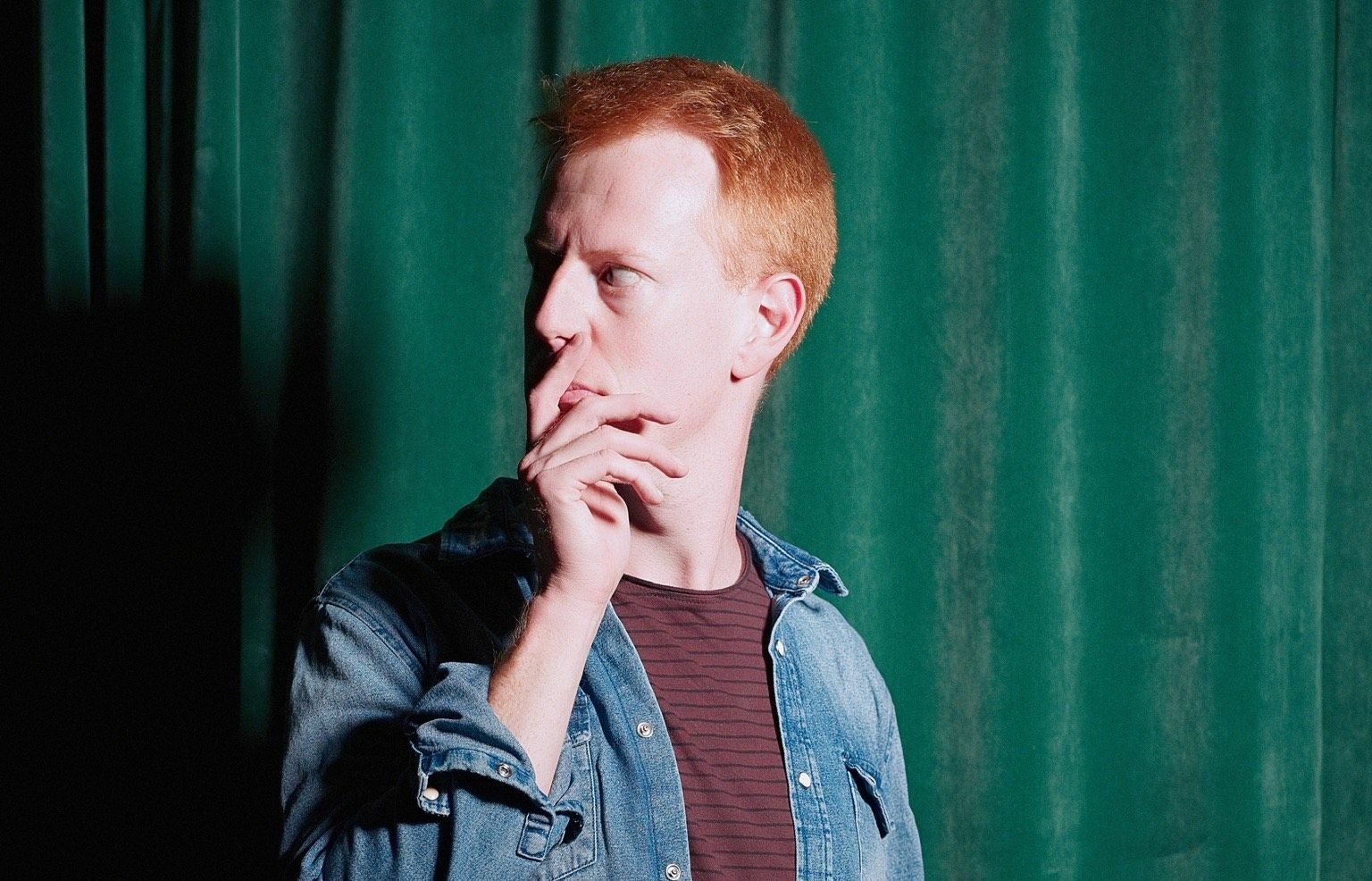The Danish language is a strange and mysterious thing.
With its strange vowels and funky grammar, it is a blessing and a curse. Internationals love to complain about it, but Denmark honestly would not be the same without it.
It is as much a part of life here as brun sovs, confusing tax systems and the Little Mermaid. It is amazing, chaotic and its madness should be appreciated.
Imagine the bicycle parking outside of any major banegård in Denmark. It is madness – unregulated madness. Great sculptures made of bikes smashed together. If cranes came to lift them into ARoS Art Museum, crowds would gather around to admire them.
That is how I feel about the Danish language. It is majestic in its chaos.
Here are a few highlights:
The numbers
Mathematics is already a challenge and Danish somehow manages to make it more confusing. Danes start with the last number, then the first. Danes say Jeg er toogtredive: ‘I am two and thirty’. It could be simpler, the Norweigans cracked it: 32? Trettito. Thirty-two. Job done.
When the Danes say ‘56’, seksoghalvtreds, they are directly saying ‘six and fifty’, and 56th is seksoghalvtredsende, or ‘six and fifty-ness’.
This is nice and confusing, apparently even to Danes because, when writing a cheque, it is fine to just write femtiseks, the secret easy way to do 56!
The spelling
When it comes to silent letters, Danish is very blatant whilst English is more subtle (there is a silent b right there).
The English language definitely has a silent letter problem, but if it is bending the rules then Danish is committing war crimes.
Begynde, vand, mand, kvinde, lakrids and one-thousand-million more words all have a silent D. With absolutely no warning, you’re suddenly and immediately pronouncing everything wrong.
Stumme bogstaver, silent letters, are everywhere: gulerodskage has one hard and one soft G. Også does not use 50% of its letters and throws in some invisible sounds.
It is not just stumme letters, there are also letters that are just pronounced in completely different ways. Take the bridge to Sweden, over the strait of Øresund. This is pronounced ‘Øåsun’ – which leaves every foreigner just trying to avoid saying it.
The letters
Now enter the three horsemen of the apocalypse: æ, ø and å.
Okay, to be fair, they would be the cutest horsemen ever, appearing only because the apocalypse turns out to be really hyggelig.
Because as tough as these letters can be to understand, they are somewhat adorable, a strange mishmash of vowels which resemble regular letters with a twist.
Æ has always been my favourite, as it is a gorgeous fusion of ‘a’ and ‘e’. Ø looks cool, like it should be in a heavy metal band: Møtley Krüø. Last but not least is the å, (an a wearing a little hat), introduced into Danish only in the 19th century. It looks cute and is already its own word; it is the total Danish word for a ‘stream’. Dejlig.
Moreover, it can apparently be a substitute for ‘aa’, so in 1948, they changed lots of Aa to Å like Aarhus to Århus. Then, in 2011 they changed it back because apparently Å isn’t so cool anymore.
There is a goldmine of weird Danish language-ness to explore. Just like the crowds of bikes outside the train station, the language should be enjoyed as the majestic disorder that it is.
Oh dansk, we would not want you any other way.

